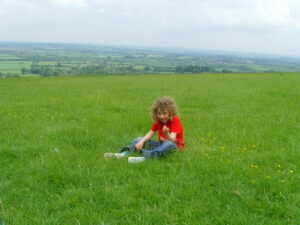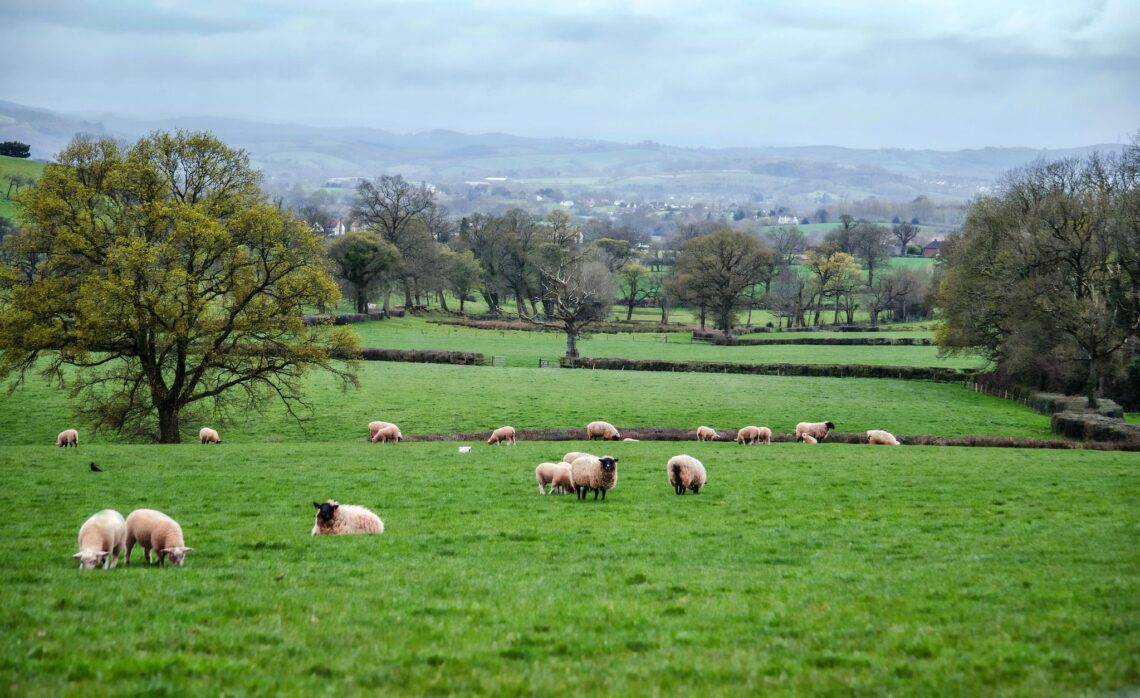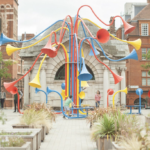Smell has the ability to facilitate the most vivid, deeply meaningful, and evocative associations with place (Gorman, 2017). This blog will explore how smell can evoke embodied meaning through the nostalgic attachments to place.
I grew up in cities and am habituated to the smoggy stench of city life. I miss visiting relatives on their Somerset farm. Leaving behind the concrete jungle I grow excited as the roads narrow to hedgerow lanes. When the smell of fresh manure first hits me, it evokes instant memories of happiness, anticipation, and pure contentment. Smell is often regarded as our most emotional and evocative sense and is associated with deep meaning (Drobnick, 2006). Unlike our other senses, smell is not processed through the central thalamus, it goes directly to the outer structures of the brain and so we are able to respond to a smell before we have had a chance to think about it (Hoover, 2009).
Smells assign meaning to places and are part of the “embodied memory of landscape” (Canniford, Riach, Hill, 2018, p.241). The memories we attach to certain smells helps us to relocate an earlier version of ourselves, and this helps shape our sense of self as we relive these experiences (Waskul, Vannini & Wilson, 2009). For me the smell of manure was meaningful and significant because of the powerful emotional and nostalgic attachment I had chosen to place on it (Wilson, 2015). The nostalgia we experience through smell is as much about time as it is about space (Wilson, 2015). We reconstruct the past by giving agency to it, and therefore assign embodied meaning and emotion to certain memories.

Humans have been shown to judge smells based on their familiarity (Drobnick, 2006). Those we recognise, or are habituated to, we find more pleasant and tolerable and can be laden with emotion, evoking arousal and pleasure (Drobnick, 2006; Xiao, Tait & Kang, 2018). If unfamiliar, we may find unpleasant (Drobnick, 2006). The smell of manure was generally not received enthusiastically by friends visiting from the city, they would often recoil in horror at the uncustomed pungent odour (Xiao, Tait & Kang, 2020).
Smell immediately incites a nostalgic response but is it the combination and the relationship between the cognitive and the emotional that causes us to respond to smells so intensely (Wilson, 2015). For me my Somerset smellscape evokes freedom and adventure, it reminds me of farm Christmases, stargazing on logs, intimate family gatherings, picnics among cows, meadow flowers and hot summer days full of bird song. Smell thus has the ability to facilitate the most vivid, deeply meaningful, and evocative associations with place (Gorman, 2017).
Our olfactory capacity to trigger nostalgia and memory is powerful (Brant, 2008), their interrelation has as strong an effect on our understandings of place as on our own perceptions of self (Waskul, Vannini & Wilson, 2009; Xiao, Tait & Kang, 2020). Feelings of longing that were triggered from the smell of manure, enabled me to re-experience the emotion evoked from that time and so smell became a “sensory route” to nostalgia (Sweeney, 2019, p.108).
Word Count: 502
References:
Drobnick, J. ed., 2006. The smell culture reader (p. 342). Oxford: Berg.
Sweeney, P., 2020. Nostalgia reconsidered. Ratio, 33(3), pp.184-190.







